By virtue of our nature, we human beings are a deeply curious bunch, but more often than not we’re more concerned with the whys and hows of minor tittle-tattle than questions with any obvious benefit. We just like to know the answers to things.
For those of us interested in cars, we’re even more vulnerable to the curiosity curse than most. But while bigger questions like “how do engines work?” are easy to find out, what about the minor elements of the automotive world?
Why are seatbelt buttons red?
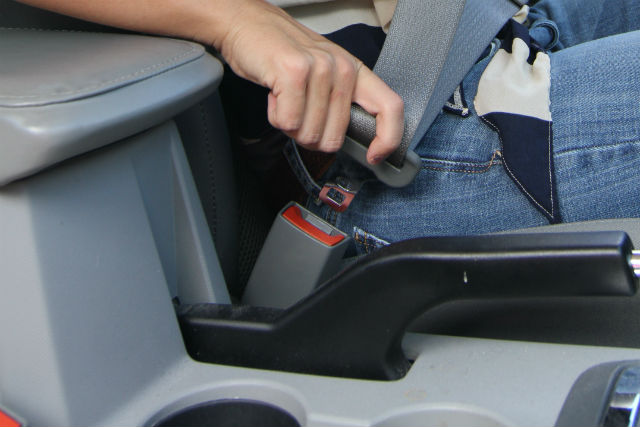
If you live in Europe, the one thing you can say for certain about any car, whether you know what it is or not, is that the seatbelt button on it will be coloured red.
From hatchbacks to sports cars, seatbelt buttons are red thanks to a specific seatbelt regulation in Europe, regulation ECE R16, which states that “The buckle release area shall be coloured red. No other part of the buckle shall be this colour”.
The US doesn’t have this same regulation, and so cars which are built in North America can have seatbelt buttons of different colours, or shades that better match the car’s interior, but only for American-spec models.
European cars made for the US and US cars made for Europe will all have red buckle buttons, likely due to the fact that to produce two sets of buttons would be much costlier than simply making them all red as standard.
Speaking of red, why are taillights red too?
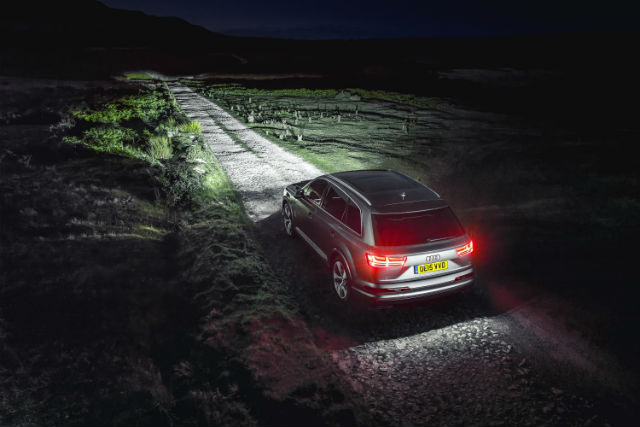
Early motor cars would have come simply with white lights to illuminate the road ahead, with rear lights only really necessary to communicate with other drivers. However, given that the car was in those days still a rarity, it was actually the rising popularity of the steam train which led to the development of taillights.
Trains and railroad networks created a system of using green, or originally white, lights to signal ‘go’, while red lights meant ‘stop’ and were also added to the rear of trains to show the end of the train at night.
Exactly how this carried over to cars isn’t exactly clear, but the implicit ‘stop’ message and association of the colour red with danger probably played a big part. Red also happens to be the colour with the wavelength that travels the furthest, while it’s also possible that cars adopted the same lights already used on trains in order to cut costs.
Why are convertible cars called spiders?
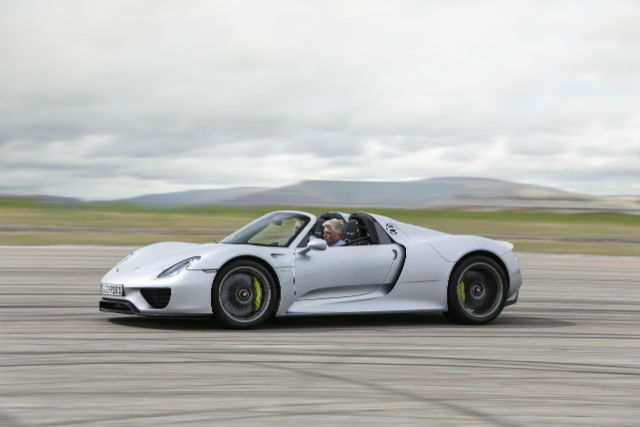
No, it’s not because when you put the roof down spiders can get in. Cars with a convertible roof which can fold up and down, are often referred to either as ‘cabriolets’ or as ‘spiders’, two terms which both originate from the era of horse-drawn carriages.
The very first cars were based on the design of these carriages; ‘motor car’ is a shortened form of ‘motorised carriage’. A ‘cabriolet’ was a light, two-wheeled carriage drawn by a single horse, which featured a canvas roof which could be extended over the occupants or folded down onto a rear platform.
Sports car manufacturers in particular often refer to their convertible cars as ‘spiders’ or ‘spyders’, which derive their name from phaetons, lightweight two-seater carriages which were akin to the sports cars of their day.
Phaetons derived their name from the mythical Greek figure Phaeton who nearly set the earth on fire by driving the chariot of the sun, a reference to the fast and dangerous nature of the carriages. When equipped with folding cloth roofs, the carriages were called phaeton spiders on account of their small, slightly spindly appearances.
Why are the pedals always clutch, brake, accelerator?
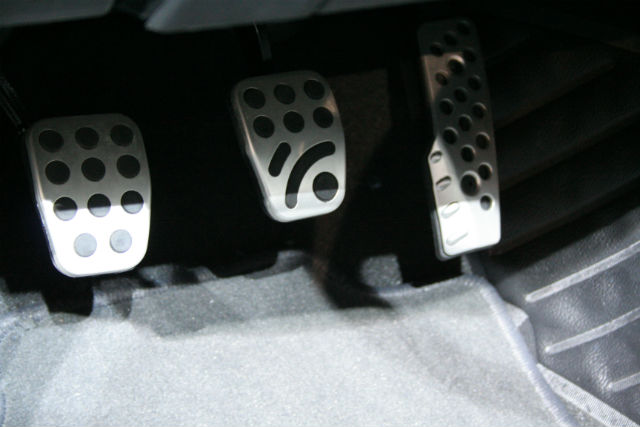
Since it was patented in 1886, the car has gone through a number of different changes, and the first three decades or so after it was invented saw a bewildering number of different control layouts.
Cars used to offer a number of different pedal arrangements, along with gizmos like throttles operated by hand, pedals which were both a clutch and a brake at the same time, pedals specifically for reverse gear and much more.
The modern pedal layout – clutch on the left, accelerator on the right and brake in between – didn’t appear until 1916, on the Cadillac 53. Even after that, it took at least another decade or two to catch on.
It’s unclear exactly why the modern layout caught on, but it’s thought that it’s simply the most efficient and intuitive layout, with one leg operating both accelerator and brake so the driver doesn’t step on them both at the same time.
Why are indicator lights orange?
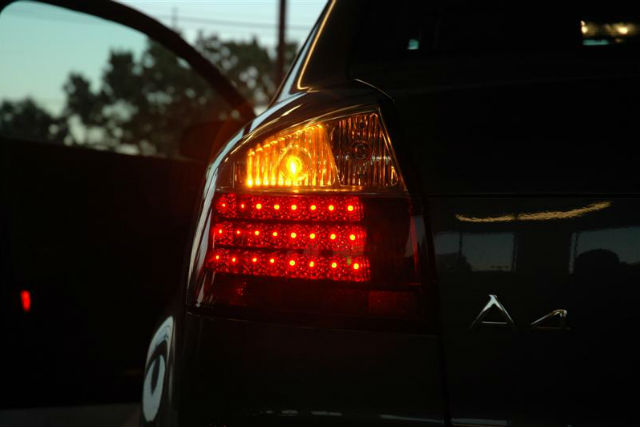
Well, first of all that colour isn’t technically orange, it’s officially called amber. In the UK and Europe, indicator lights are amber thanks to the RAG System, the same system that dictates the colour of traffic lights.
R stands for red, A stands for amber and G, of course, stands for green. Drivers are conditioned to know that green means go, red requires you to stop immediately, while amber means you should wait and stay aware of developments.
When the amber light on an indicator blinks, it signals to the vehicles behind that they should stay aware of the car’s intention to change direction and react accordingly. Studies have also shown that amber indicators are more visible and statistically safer than indicator lights of other colours.
Interestingly, until the early 1960s, indicators generally emitted white light, while in North America indicator lights may either be orange or red, with American regulators split over whether red or amber indicators are safer.
Why is the brake pedal bigger in automatic cars?
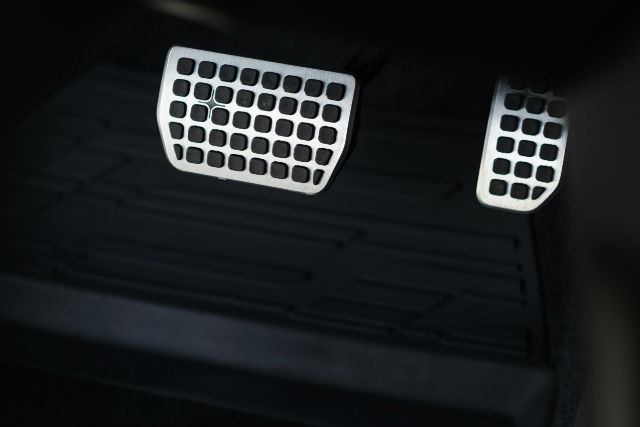
There’s a reason that the emergency stop button on machinery is a big red mushroom, while the start button is smaller, more subtle and green: it’s more important to be able to stop in an emergency than it is to get it started.
The same principle likely applies to the brake pedal in cars with automatic gearboxes, which can often be significantly larger than the brake pedals used in cars with manual transmissions.
Given that automatics have no clutch, there’s extra room in the footwell that would otherwise go unused, and bigger pedals are easier to hit in an emergency, which makes them safer. The accelerator stays the same size, so it’s less likely a driver will accidentally press it and accelerate into an object.
The fact that the brake pedal is bigger may also mean that some drivers, particularly those more used to manual cars, may hit the brake with their left foot in the event of an emergency stop where they’d normally hit the clutch.



